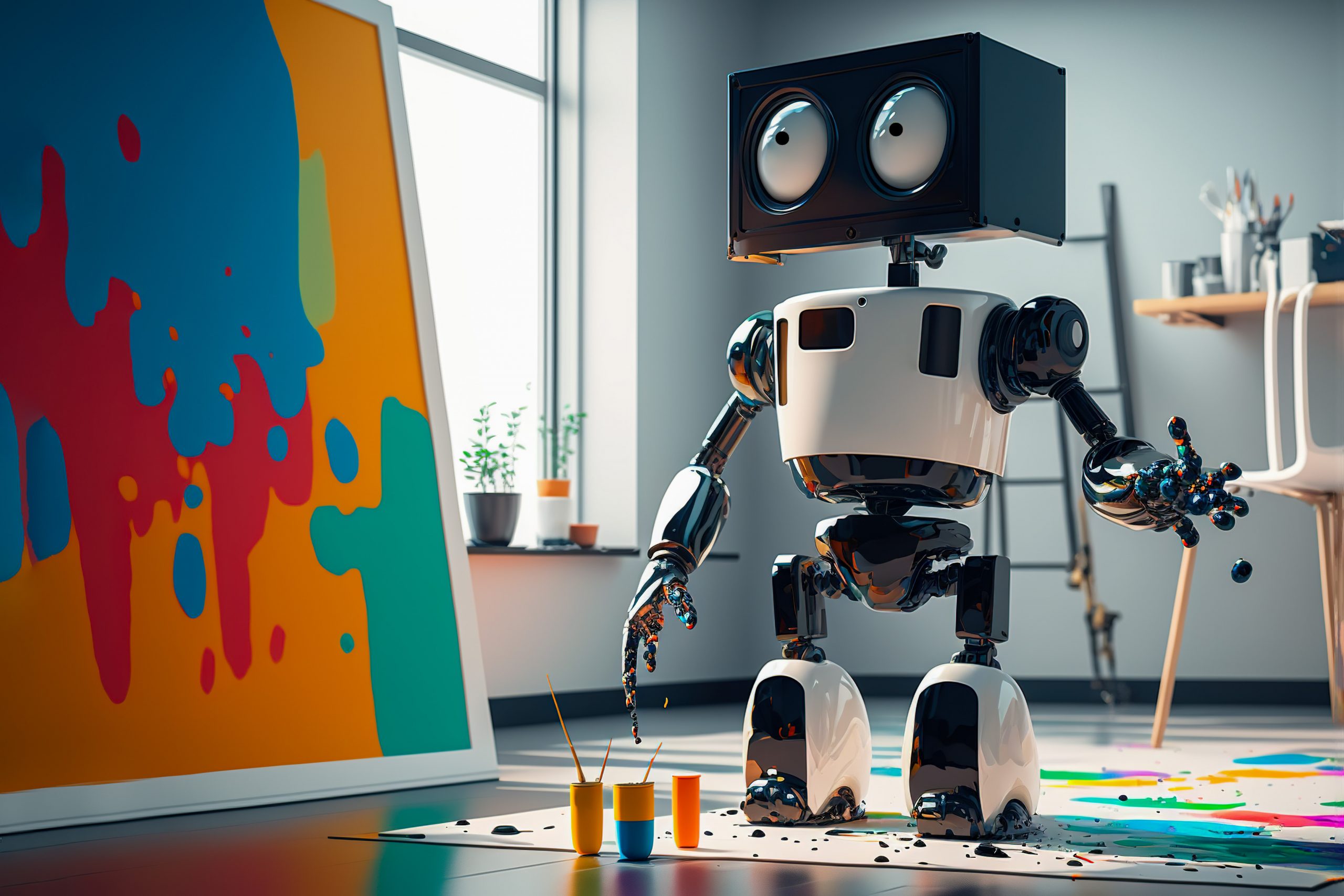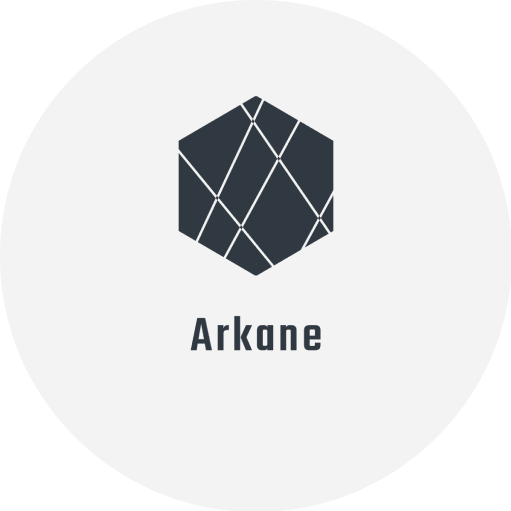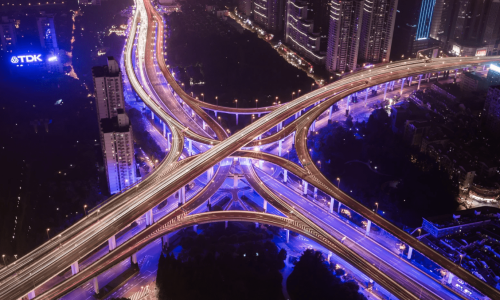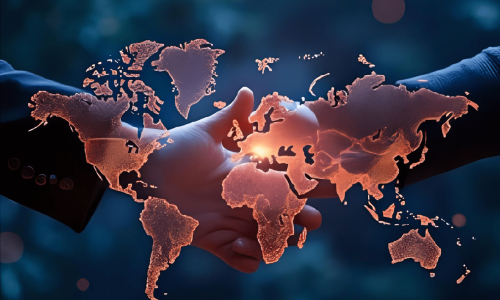
What is the best ai image generator

Introduction
The burgeoning field of AI image generation, a subset of generative AI, is revolutionizing the landscape of digital creativity and commercial applications. With the advent of this technology, we are witnessing a paradigm shift in how content is created and utilized across various industries. This shift is not merely a trend but a transformative movement reshaping the interface between human creativity and machine intelligence.
Generative AI, the backbone of AI image generators, encompasses algorithms capable of producing new, realistic content such as text, images, or audio from existing data. These algorithms, built on foundation models like DALL-E or GPT-3.5, are trained on vast amounts of unlabeled data. This training allows them to identify patterns and generate content that is remarkably human-like in its complexity and creativity.
The evolution of AI models that generate imagery from simple phrases has been a significant development. These models have transitioned from being mere curiosities to powerful creative and commercial tools. OpenAI’s DALL-E, Google’s Imagen, and Stability AI’s Stable Diffusion are prime examples of how these tools have made complex image generation accessible to a broader audience. This democratization of creative tools has unleashed a wave of innovation and creativity, while also introducing challenges related to bias and copyright concerns.
These AI tools’ impact extends well beyond the realm of art and design. They have profound implications for businesses, accelerating AI adoption even in organizations without deep AI or data-science expertise. The versatility of generative AI enables it to play a pivotal role in various sectors, including personalized customer experiences, efficiency in repetitive tasks, and creative generation of content and ideas. For instance, generative AI can significantly accelerate R&D through generative design, reshape marketing campaigns with personalized content, and generate personalized investment recommendations in finance.
The disruptive power of generative AI technologies is undeniable. Industries such as consumer marketing, finance, and biopharma stand to benefit immensely from these advancements. These technologies offer the potential to solve some of the most complex problems facing the world today. Business leaders must recognize the urgency to integrate generative AI into their production systems to stay competitive. Those who fail to embrace this disruptive technology risk falling behind in an increasingly AI-driven world.
In conclusion, AI image generators represent more than just a technological advancement; they signify a new era in digital content creation. As we delve deeper into their capabilities and applications, it’s clear that they are reshaping the landscape of creativity, business, and beyond.
Understanding AI Image Generators
The realm of AI image generation is an intricate dance of technology and creativity, where algorithms breathe life into visuals that range from lifelike to the surreal. At the heart of this technological marvel are neural networks, sophisticated models that learn from vast datasets to create images that were once only imaginable in human minds.
Overview of AI Image Generators
The essence of AI image generation lies in translating textual descriptions into corresponding visual imagery. This task is challenging, requiring the AI to comprehend language nuances, contextual meanings, and the diverse ways elements can be represented visually. The process becomes even more intricate with abstract descriptions, where AI must grasp the emotional and subtle undertones behind the words to produce an image that resonates with the textual prompt.
The Technology Behind AI Image Generators
Generative Adversarial Networks (GANs)
GANs represent a breakthrough in AI image generation, consisting of two critical components: the generator and the discriminator. The generator creates images from randomness, while the discriminator evaluates these images to ascertain if they are real or artificially generated. This dynamic interaction refines the generator’s ability to produce increasingly realistic images.
DALL-E and Its Process
DALL-E exemplifies the application of advanced AI techniques in image generation. Rooted in the transformer architecture, DALL-E processes a textual prompt in layers. The first layer interprets the prompt’s semantics, the second correlates this understanding with its extensive training data, and the third taps into learned patterns to form an image. This multi-layered approach allows DALL-E to generate images that are not just visually stunning but also deeply connected to the textual input.
In summary, AI image generators like DALL-E and GANs are more than mere tools; they are a testament to the remarkable strides in AI, where machines can now create visuals that echo human creativity and imagination. From understanding the subtle nuances of language to capturing the essence of abstract concepts, these technologies represent a significant leap forward in the field of digital art and content creation.
Top AI Image Generators in 2023
In the dynamic world of AI image generation, numerous tools have emerged, each offering unique capabilities and catering to different creative needs. This year, the AI image generation landscape has expanded significantly, with text-to-image algorithms producing an array of creative outputs. Let’s explore some of the top AI image generators that are shaping the field in 2023.
Visme
Visme‘s text-to-image generation tool stands out for its ease of use and versatility. It allows the creation of diverse visual styles, from photographs and paintings to 3D graphics and abstract art, all generated from plain text input. This tool is particularly user-friendly, enabling the rapid creation of visuals without extensive design collaboration.
DALL-E
DALL-E and its successor DALL-E 2 are renowned for their deep-learning-powered capabilities. These AI image generators excel in transforming textual prompts into original and realistic digital images. They offer unparalleled control over the image generation process, making them popular among designers, artists, and AI enthusiasts.
Craiyon
Previously known as DALL-E Mini, Craiyon is an AI model that creates images based on text prompts. It’s a lighter version of OpenAI’s DALL-E and is particularly useful for marketing, graphic design, and fine art professionals. Craiyon is ideal for those who wish to experiment with AI image generators.
Midjourney
Midjourney has rapidly gained prominence due to its unique feature set. It specializes in generating ‘pretty’ images such as gothic architecture, fantasy landscapes, and abstract art, which resemble hand-drawn illustrations more than photorealistic images. This tool serves a broad range of users, including professionals, hobbyists, and educators, making it versatile for various creative pursuits.
Jasper Art
Jasper Art focuses on creating artistic landscapes, portraits, and abstract digital art. It allows significant variations in similar original themes, offering users the flexibility to create unique visual outputs. Jasper Art also hosts a community gallery, showcasing the diverse creations made using the platform.
NightCafe
NightCafe leverages AI to produce unique and stunning visuals, ranging from abstract art to portraits. It employs an iterative process, enabling users to continually refine their images. This tool is especially suited for creatives, digital artists, and game designers looking to create complex, dynamic visuals.
DeepAI
DeepAI is a robust AI image generator and editor that caters to professionals seeking to expand their digital content. It offers different models for image generation and an API for developers, facilitating a faster creative workflow. DeepAI is ideal for those needing visual inspiration based on specific textual prompts.
Each of these AI image generators brings something unique to the table, whether it’s the ability to generate highly realistic images, cater to artistic endeavors, or provide tools for professional content creation. Their diverse functionalities and user-friendly interfaces make them standout choices in the realm of AI-driven image creation.
Choosing the Right AI Image Generator for Your Needs
Selecting the most suitable AI image generator can be a daunting task, given the plethora of options available in the market. To make an informed decision, it’s essential to consider various factors, such as the tool’s functionality, the type of images you want to create, and the specific requirements of your project.
Assessing Your Requirements
Understanding Your Creative Intent
Understanding your creative needs is crucial. Whether you require realistic images, abstract art, or specific types of visuals like portraits or landscapes, will significantly influence your choice. For instance, tools like Jasper Art and Midjourney are excellent for artistic landscapes and abstract art, while DALL-E excels in creating realistic images from text descriptions.
Evaluating the Tool’s Features
The features offered by an AI image generator can vary significantly. Some tools, like Visme and Runway AI, offer a wide range of output styles and interactive elements, making them suitable for diverse creative projects. In contrast, others might specialize in particular styles or offer unique functionalities like 3D scene creation, as seen in NightCafe.
Matching Tools to Projects
Project-Specific Needs
Match the tool to your specific project requirements. If you’re working on marketing materials, a tool with a broad range of styles like Visme might be more appropriate. For more artistic endeavors, Jasper Art or Midjourney could be better choices.
User-Friendly Interface and Accessibility
Consider the tool’s ease of use and accessibility. Tools with user-friendly interfaces and simple command structures are preferable for users who may not have extensive technical knowledge. Similarly, check if the tool requires any specific hardware or software compatibility.
Pricing and Subscription Models
Pricing is a significant consideration, especially for long-term use. Some tools offer free plans with limited features, while others may have subscription-based models. Weigh the cost against the features provided and decide what fits within your budget.
In summary, choosing the right AI image generator involves a careful evaluation of your creative needs, the specific features and functionalities of the tools, user-friendliness, and cost considerations. By matching these aspects to your project’s requirements, you can select an AI image generator that not only enhances your creative process but also aligns with your professional goals and budget.
Integration with Cloud Computing and Arkane Cloud Services
Leveraging cloud computing for AI image generation brings a host of advantages, especially when combined with the capabilities of Arkane Cloud’s GPU solutions. This integration presents a seamless blend of computational power and efficiency, catering to the demanding needs of AI-driven tasks.
Leveraging Cloud Computing for AI Image Generation
Scalability and Cost-Effectiveness
One of the primary benefits of cloud computing in AI image generation is its scalability. As organizational workloads expand, the need for more robust computing resources grows. Cloud GPUs offer the flexibility to scale up or down easily, adapting to varying workload demands without the overhead of physical infrastructure. This scalability is crucial for AI tasks that require extensive computational power, especially for high-quality image generation. Moreover, cloud computing minimizes costs by offering GPU resources on a rental basis, charging only for the hours used, which is far more economical than investing in high-powered physical GPUs.
Efficient Resource Utilization
Cloud GPUs also alleviate the burden on local resources. Physical GPUs, when used for large-scale machine learning models or intensive rendering tasks, can significantly slow down local computers. By outsourcing computational power to the cloud, local systems are spared from the heavy lifting, allowing for more efficient use of resources. This shift not only optimizes hardware utilization but also enhances overall productivity, as teams can focus on innovation rather than being bogged down by rendering or computational tasks.
Arkane Cloud’s GPU Solutions for AI Image Generators
Enhanced Deep Learning and AI Capabilities
Graphics Processing Units (GPUs) are integral to AI and deep learning, providing the ability to perform parallel computations essential for processing large datasets. Arkane Cloud’s GPU solutions amplify this capability, offering high memory bandwidth and parallel processing computations. This environment is ideal for training AI models and handling the heavy data models typical in AI image generation. The ability to run multiple GPUs simultaneously or across different physical machines provides flexibility and efficiency for complex AI tasks.
Streamlining AI Workflows
Integrating Arkane Cloud’s GPU servers with AI image generators streamlines the entire AI workflow. From rapid iteration and faster rendering times to handling large-scale operations, the cloud GPU environment fosters an ecosystem where creativity and efficiency coexist. For AI image generation, this means quicker turnaround times, high-quality image outputs, and the ability to experiment with various algorithms and styles without the limitations of local computing resources.
In conclusion, the integration of cloud computing, particularly Arkane Cloud’s GPU solutions, with AI image generators marks a significant advancement in the field of digital creativity and AI-driven tasks. This synergy not only empowers developers and creatives with enhanced computational capabilities but also opens new horizons in efficient, scalable, and cost-effective AI image generation.
Conclusion
In this exploration of AI image generators, we have delved into the various aspects that make these tools invaluable for professionals in tech, creative industries, and business. The journey from understanding the basics of AI image generation to the nuances of selecting the right tool and integrating it with powerful cloud computing resources like Arkane Cloud’s GPU solutions, underscores the rapid advancement and versatility of this technology.
AI image generators have opened a new realm of possibilities. They are not just tools for creating digital art but have become instrumental in various fields, including marketing, design, and even scientific research. The ability to generate images from textual descriptions using AI has not only streamlined processes but also fostered creativity and innovation.
The integration of these generators with cloud computing, especially GPU-accelerated cloud services, has further amplified their potential. This synergy enables handling large-scale, compute-intensive tasks efficiently, making high-quality AI image generation more accessible and cost-effective. It allows professionals to focus on creativity and strategy rather than being constrained by hardware limitations.
As AI technology continues to evolve, it’s clear that AI image generators will play a pivotal role in shaping the future of content creation and digital media. The possibilities are limitless, and with tools becoming more sophisticated and user-friendly, we can expect to see even more groundbreaking applications in the years to come.
For developers, tech enthusiasts, and creative professionals, the message is clear: embracing these advanced AI tools and leveraging the power of cloud computing is key to staying ahead in a rapidly evolving digital landscape. With the right tools and resources, the potential for innovation and creativity is boundless.
Newsletter
You Do Not Want to Miss Out!
Step into the Future of Model Deployment. Join Us and Stay Ahead of the Curve!

![The 4 Major Corporate Fears About AI [and How Arkane Crushes Them]](https://arkanecloud.com/wp-content/uploads/elementor/thumbs/image-fears-r83x02fmwkg0873grkx2f5jvdsy2k1b00h5jqz1vi0.png)



